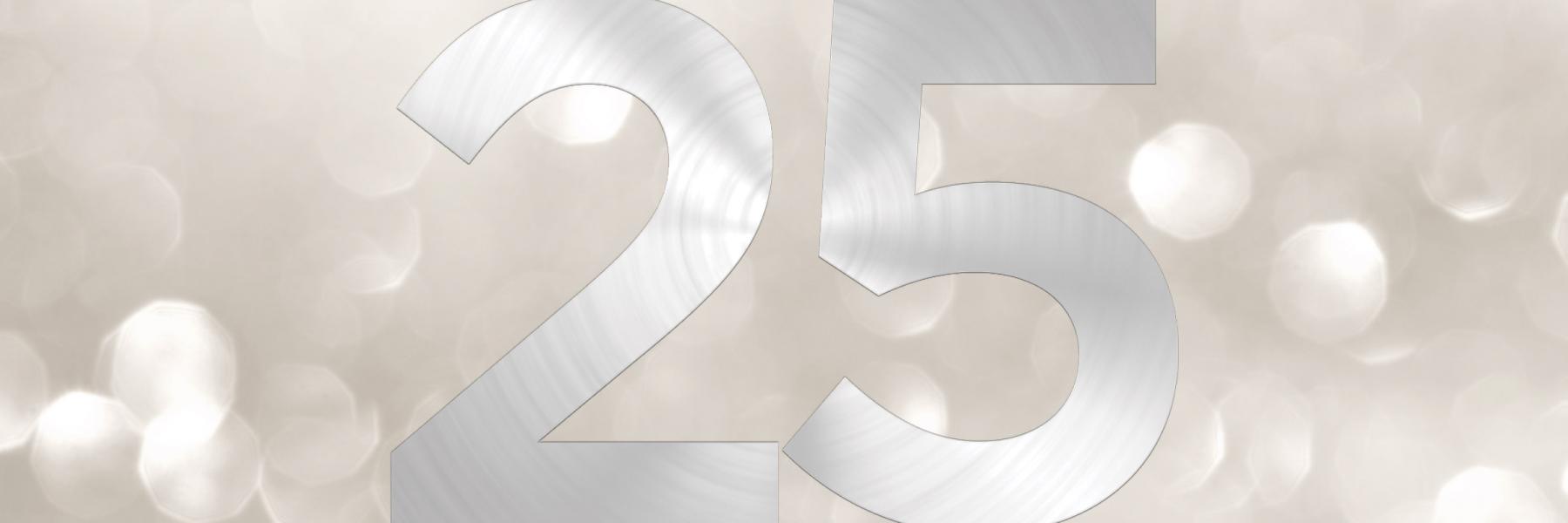
The speed with which vaccines were developed in the last year has been nothing short of remarkable, so why don’t we have an HIV vaccine? Well, it’s just a very different virus.
Silver edition
This issue of Positively Aware magazine is our 25th Annual HIV Drug Guide, and it’s been quite a ride. We’ve come a long way since that first drug guide in 1997, which had nine antiretrovirals listed in it, most of which had pretty severe side effects and tolerability issues; only a few are prescribed anymore. It was 15 years before that, in 1981, when the first cases of Kaposi sarcoma among five gay men in Los Angeles were reported in the CDC’s Morbidity and Mortality Weekly Report (MMWR). It was one of many opportunistic infections that would be associated with the virus that would later come to be known as HIV, the cause of AIDS.
1997 was around the same time that the first protease inhibitors came to market, followed by combination therapy (using several drugs from different drug classes to target the virus), both of which ultimately changed the trajectory of the HIV pandemic. It took a full 15 years or more to finally start to have effective treatments that are tolerable, and to begin to find hope again—but HIV is still with us after 40 years, and we don’t yet have an HIV vaccine (more on that later).
What many of us do have, thankfully (because we have survived), is the ability to look back with the perspective that one day we will eventually have effective treatments for COVID-19 as well. But SARS-COV-2 (the virus that causes COVID-19) is probably here to stay, at least for the time being. Just as we learned to adjust our behavior at the height of the HIV pandemic by limiting our partners, using protection for sex and clean needles when injecting drugs, we’re learning to adjust again by wearing masks, physical distancing, and washing our hands frequently. It won’t be forever (well, maybe the washing hands part will), but it may take some time—years in fact—to get to our new normal, so we have to be prepared for the long haul. We did it before, and we can do it again. We just have to remain hopeful and do our part.
Part of doing your part is getting vaccinated if your health allows, and when it’s your turn. There are differing schools of thought on whether or not people living with HIV should move to the front of the line—if your immune system is severely compromised, or you can’t get to viral suppression, it’s probably a good idea. In a few months, there will hopefully be enough vaccine and distribution centers to get most people in the U.S. who are eligible vaccinated by the end of the summer. But we still need to make sure that vaccine education and awareness is reaching people of color and marginalized populations that are disproportionately affected by COVID-19, and that vaccines are getting distributed equitably and available in the communities where they are most needed.
The speed with which vaccines were developed in the last year has been nothing short of remarkable, so why don’t we have an HIV vaccine? Well, it’s just a very different virus. HIV is designed to evade our immune system, while the COVID virus is relatively easy to vaccinate against—the antibodies our immune system develops when we get the vaccine are quite effective at protecting a person.
Nonetheless, the death toll from COVID has been staggering, just as the death toll from HIV and AIDS has been, and continues to be. If there is any silver lining in this our silver anniversary issue, it is that we have reason to be hopeful. Hope is what got us through some very dark times in the 1980s and ’90s, and is what we have to hang on to now. It’s been quite a ride, but I’m not ready for it to be over quite yet.
P.S. Thanks to all of the wonderful people who have made the Positively Aware 25th Anniversary HIV Drug Guide possible, including Enid Vázquez, Rick Guasco, Eric Farmer, PharmD, Dr. Melanie Thompson, Carla Blieden, PharmD, Bridgette Picou, Jason Lancaster, and Habeeb Mukasa.


